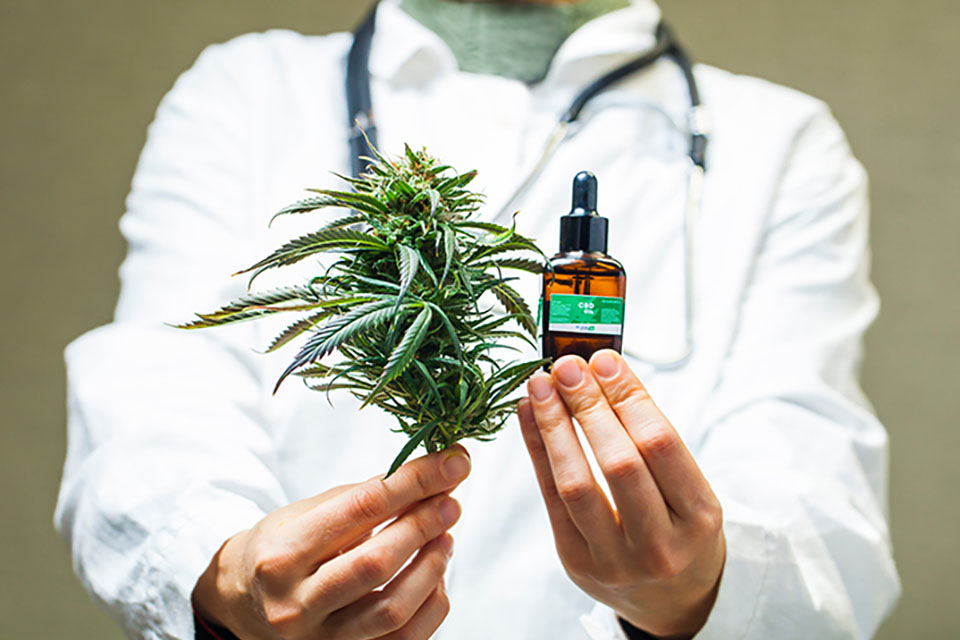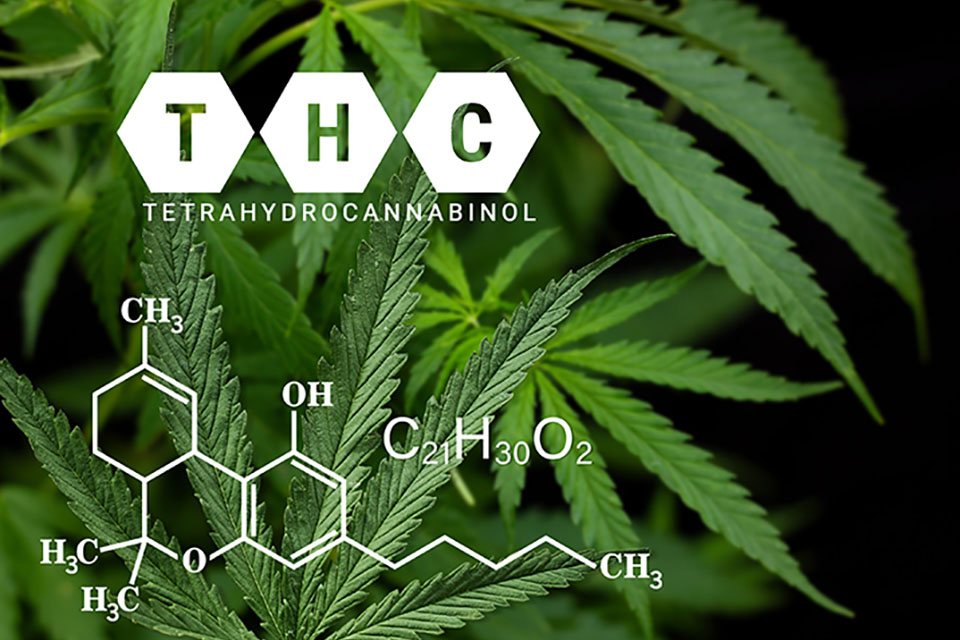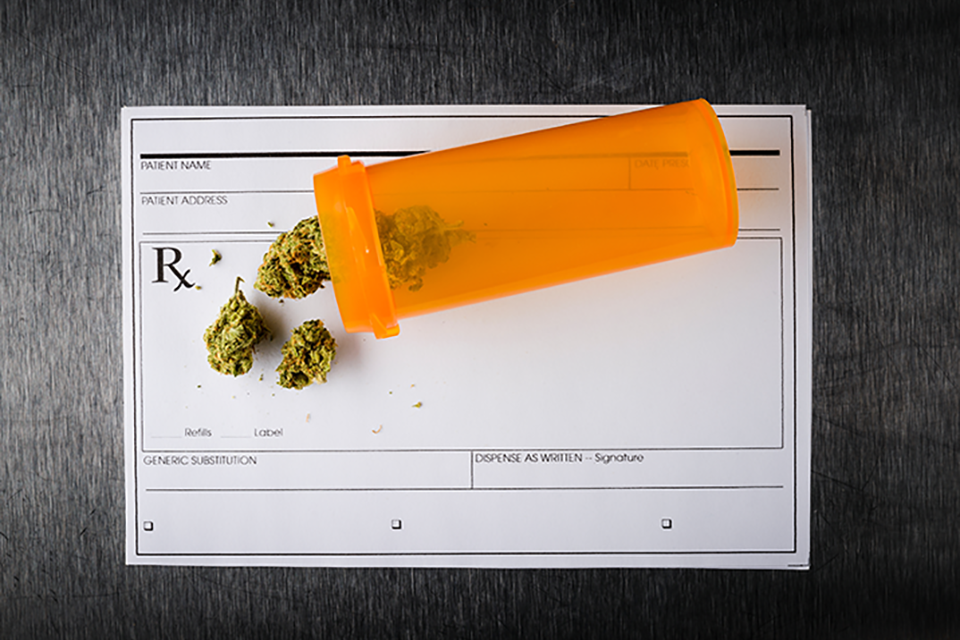
Cannabis Health Effects
Marijuana has had a very long history as a health helper. Native Americans used to call it numbing tobacco, Siddus of India have been using hashish for hundreds, if not thousands of years in spiritual pursuits, and its fibres have been utilized for ages for their capacity to clothe, to make paper. Today, it’s used to make sustainable building supplies and more. It is only in recent years, however, that the cannabis plant in all its forms has become a basis for broad scale health and wellness, and recreational or medicinal, terms interchangeable to many, cannabis does just that. All over the world, we have a growing number of data supporting CBD, CBG, CBN and THC, and it is through these compounds, in cooperation with the multitudes of terpenes out there, that weed works wonders on an ever-increasing number of life altering afflictions, such as arthritis, depression, MS and Huntington’s Chorea. It is important to note that not all strains work equally for all maladies. No, the diversity of cannabis strains available each have their own strengths and weaknesses, just like certain pharmaceutical medications. Some strains even boost the effectiveness of some cancer treatments, and cannabinoids and terpenes are the cause. From depression and PTSD to arthritis, MS, ALS and Parkinson’s, there is a strain or a cannabis-based compound on the market which will help you through the madness. Take care, get to know your strains and you too can find the whole world of health and wellness behind bud.
The Effects of Cannabis On Cancer
Cancer can be painful and debilitating and require intense therapies, or it can be mild and quickly tackled. Some treatments are more difficult than others, but they are all designed to halt the spread and kill cancer cells, and in most cases they work. With many treatments, the pain can be nauseating, and the nervous system can feel like it’s on fire. When cannabis was still 100% illegal, pharmaceutical companies made synthetic cannabinoids to counter some of these harsher side effects of cancer treatments and today, we are allowed to use weed. As a matter of fact, along with glaucoma and AIDS, cancer was one of the first diseases or disorders to treat legally with CBD or medical marijuana. Some cannabis strains boast an incredible ability to cut through pain, nausea and it can truly calm the nerves. There have also been cases where CBD oil has been recognized as one of the top treatments for childhood leukemia and other cancer types. We do not claim that cannabis will cure your cancer, but those who use cannabinoids are generally healthier than those who do not. Terpenes also play a major role in how cancer acts around weed. Each terpene is known to offer certain bonuses, such as mental clarity, focus, appetite regulation, antitumor, antimutagenic and other qualities. If you find the right combination of cannabinoids and terpenes to treat your particular brand of cancer, chances are good it can be kept at bay, long term.
Marijuana To Treat Parkinson’s Disease
Some potential benefits of using marijuana to treat Parkinson’s disease include pain relief, appetite regulation and increased fluidity of motion, better sleep, mood and movement. Some patients report decreased pain, uplifted mood and stabilized nobility within a half hour of smoking a joint or having a couple puffs off the vape. With more promising statistics being published each year and Parkinson’s now on medical marijuana program lists across the continent, you know weed is a wonder drug which deserves broadband recognition for its capacity to soothe an ever-increasing number of afflictions. This disease is a nervous system disorder characterized by stiffness, troubles with cognition, speech and mobility issues and tremors are also common. Those suffering PD must take medications to soothe and slow this array of symptoms, but the list of side effects is extensive. Some effects linked to Parkinson’s medications include blotchy skin, constipation, diarrhea, hallucinations, insomnia, problems urinating, liver damage and toxicity, odd swelling, ticks and nausea. The only side effect the Parkinson’s patient would, in theory, still have to still deal with is the fact of both short and long term memory issues, but this is still a manageable effect and bypassing all the others with weed is an alternative that makes a lot of sense. Terpenes such as Limonene can help boost memory and neurological activity, and recent studies have shown that certain combinations of terpenes and cannabinoids offer many benefits, without the negative side effects of pharmaceutical treatments.
Treating PTSD With Cannabis
Treating PTSD with cannabis is a wonderful way to overcome it. Of course, many sufferers of PTSD experience a physical reaction to the memory of an event or events, and the main primary force behind success treating PTSD is to make new memories. This is just as easy as it sounds, but there needs to be a complete psychic change if the treatment is to take hold. The psychic change we are talking about is the absence of a reaction to the trauma, so penetrating healing can begin. People with PTSD need something which is both anxiolytic and which changes perspectives enough that the consumer can feel free from the shackles of their past and ring in a new way of interacting with the world. Because trauma is so, well, traumatic, treating it is a much stickier situation than treating cancer, especially since the potential for abuse is so much stronger. We say this because when you face off the darkness and isolation of PTSD with the lightheartedness of a good 420, the patient will almost assuredly want to stay stoned 24/7. Too much of anything is bad news, so it is imperative that the PTSD patient have a range of strains to enjoy, good people around, and it is imperative that trauma sufferers have a mentor or guide who has been there before and found success, and who can help that individual work through some of the tougher aspects of psychological healing.
Using Marijuana With Asthma
Chronic lung conditions such as asthma can be torture and, though there are a number of compounds in the many cannabis cultivars out there which serve bronchial health and function, treatment with marijuana gets tricky with conditions like these. Sure, there are strains which are lung expanding, but they are few and far between and doing the research to locate them may cause more damage than it’s worth. The recommendation stands that anyone suffering an illness or condition which is proven to do better with weed, should talk with their medical marijuana professional before starting a home-based regimen. For those suffering lung conditions like asthma, getting creative with how you use marijuana is wise. With the range of oils, tinctures, edibles and sprays available, there is no reason why those with lung conditions can’t enjoy weed too. Focusing on CBD, CBG and terpenes is possibly the most beneficial starting point with a condition like asthma. There is a whole host of terpenes which are proven to assist lung function, work as antibacterials, muscle relaxants and other things, all benefitting stressed and swollen lungs. These include eucalyptol, a-cedrene and camphene, as well as limonene, which strengthens mental capacity as well. As for CBD, it is a natural anxiolytic and anti-inflammatory, so it both soothes stress and decreases inflammation, the two primary symptoms of an asthma attack. Though it has been shown that short term use of a vaporizer may help, smoking is a risk and could make the situation worse.
Can You Treat Depression With Cannabis
Depression is generally caused by a chemical imbalance in the brain, though it has also been linked to social and internal maladjustment. In some cases, depression arises from PTSD or the hopelessness of an acute condition. Depending on the cause of the depression, there are a number of ways it can be successfully treated with cannabis, but symptoms and shifts must be closely monitored. For that, one must know themselves enough to be honest with others, to know their limit and they must not get into cycles of escape, but rather circles of treatment and recovery. Much like those who use marijuana to treat PTSD, the potential for abuse is high. However, cannabis is still the safest alternative treatment on the planet, and its many forms will soon be the primary course of action for most issues. Depression can be managed by changing your environment, temporarily changing the way you see things and learning, over time, that the world is not as narrow as the view. Certain recreational characteristics of cannabis can be enough to show the downtrodden that the world is what you make it, they can provide motivation to get up and out, and they can leave suicidal thoughts at the waste basket as the hope moves into the spirit. Sometimes this is enough, but beware the desire to maintain this state without doing the work necessary to overcome, for the flood of dopamine can cause a later shortage, bolstering the strength of the depression, causing an increase in suffering.
The Effects Of Marijuana On Migraines and Headaches
The effects of marijuana on migraines and headaches are sometimes quite remarkable but finding the stuff that works has historically been a mission of trial and error. However, since the legions of data are growing, it is no longer such a game of hit or miss. Headaches and migraines are the side effects of a number of potential problems. Stress, neurological or spinal injury, stroke and a number of others, can all take their toll on the brain. Thankfully, we live in a time of medical innovation and growing sectors of compassionate care, so medical marijuana professionals have a few things to suggest. Migraines are a neurological dysfunction, and cannabis has a tool for that. CBG, along with certain terpenes, is a known neuroprotectant and has the capacity to soothe neurological misalignments. CBD is a good one for inflammation, sometimes the cause of a killer headache, and it’s bent on razing stress to sedation. Certain orange and lemon terpenes have been shown to increase neural capacity and soothe stressed neural function. Certain terpenes also offer antimutagenic qualities, which halt certain neurological processes, which can allow the brain the space to get out of its particular hole. Couple certain physically beneficial terpenes and cannabinoids together with a bit of THC and the potential to squash the headache is compounded. Much of this remains conjecture, but we are learning more about the potential of cannabis every day, and migraines are a critical area which demands further study.
Can Cannabis Help Treat Diabetes?
Over the past few years, researchers around the world have been studying the effects of cannabis on both type one and type two diabetes and the findings are increasingly positive. Diabetes affects your body in one of two ways. Either your body doesn’t make enough insulin, or it can’t correctly use the insulin it does make. Either way, diabetes sufferers have a friend in weed. Certain blends of cannabinoids and terpenes are proven to stabilize blood sugars, decrease arterial inflammation, reduce neuropathic pain, relieve cramps and GI disorders, keep blood vessels open and active, lower blood pressure, and some topicals can relieve pain in extremities. Cannabis can also calm RLS and using cannabutter and oils instead of cooking oils is a healthier alternative, helping arterial function and potentially lowering cholesterol. The American Journal of Medicine has concluded without a doubt that those who use cannabis are more likely to have a healthier body mass index, that cannabis helps control blood sugar and that cannabis consumers have more good cholesterol, even though we tend to partake of a higher volume of otherwise questionable calories. Weed helps those with diabetes by boosting carbohydrate conversion rates, so those who use it have a higher metabolism than those who don’t. Low fasting insulin levels, tighter waistlines, insulin resistance, healthier arterial function and low BMI are all associated with marijuana use in both type one and type two diabetics, so when you walk with weed, you are healthier overall.
Treat Insomnia With Marijuana
Insomnia is one of the earliest contenders for treatment through medical marijuana programs. The insidiousness of this disorder runs deep, and its side effects can range from shifting moods and fatigue to hallucinations and psychosis. Treating insomnia with marijuana is an easy task, however, and the proof that pot works to get folks to sleep spans throughout all research models. It is not just any old weed that works to get you the zees you need to function though, and so it pays to know something about cannabinoids and terpenes. Certain cannabinoids, such as delta-9 THC, will keep you awake, while others, like CBD, will calm the mind and soothe the body. Taking it a step further, the little-known compound, CBN or cannabinol, is a degraded form of THC. It develops in two ways, namely when the plant is left longer to mature the cannabinoids further, and when high THC weed is left for long periods of time. CBN can also be isolated like CBD and THC, and ingested either in tincture or edible form. Anyone who has smoked old high THC weed, has taken a pure and well grown indica or who has simply let the grow go, knows how instantly sedative CBN can be. There is almost no hope of doing anything after taking a good dose of CBN and it is available to everyone. Try adding cannabinol and cannabidiol to your nighttime regimen and you will be asleep in no time.
High THC and High CBD Strains To Grow At Home
Growing your own medicinal marijuana is a great idea, one which we at Kind Seed Co support in full force. To start newcomers off on the right track, we have a couple strains which many of our customers find beneficial for many reasons, and which are somewhat easy to grow. The indica dominant CBD Super 27 Autoflower Seeds offer a 22% CBD content and just a fraction of THC. This minty pine and pungent woody blend is proven to attack pain associated with neurological issues and the pain and nausea associated with cancer treatments, as well as serving broad scale health and wellness. Ready in just nine weeks, this weed is capable of laying waste to arthritis, anxiety, insomnia, migraines and spasticity, it helps MS patients, Parkinson’s patients and it can even assist in the treatment of both type one and type two diabetes. Next, we offer Bruce Banner Autoflower Seeds. This is a notoriously high THC sativa blend, up to 25%, which is known to bring the party wherever it goes. Though a high THC weed like this one may not be the best for depression, it is capable of demolishing PTSD, just with a little time. This ten to twelve week strain is citrusy, so it is good for both lung and brain function, and its terpene combination is also known to decrease pain and inflammation, even though there is little CBD to speak of.



